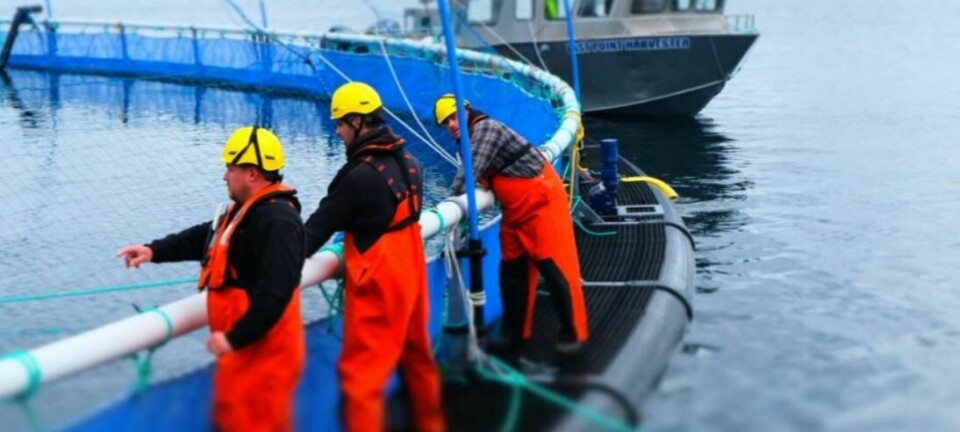
Norway: salmon lice seen to develop tolerance to fresh water
Treatments must be used with great care, warns Food Safety Authority
This is included in the Norwegian Food Safety Authority’s monitoring report of drug resistance and freshwater tolerance in salmon lice.
“Fresh water” in this context means water that contains 1-7 parts per thousand of salt.
Since 2013, Norway’s Veterinary Institute, commissioned by the Norwegian Food Safety Authority (Mattilsynet), has investigated resistance of salmon lice (Lepeophtheirus salmonis) to various medicinal lice treatments. The monitoring programme is important to monitor how salmon lice react and adapt to different treatment methods.
For the last five years, the monitoring programme has also looked at lice tolerance to fresh water following a risk assessment carried out for Mattilsynet that concluded that the use of fresh water for lice removal increases the likelihood that salmon lice may become more tolerant of fresh water. This could potentially compromise the ability of wild sea trout to use fresh and brackish water for their natural delousing strategy.
More treatments
The number of weeks during which individual fish farms reported using fresh water against salmon lice increased from 528 in 2022 to 576 in 2023.
The results from the 2023 tests show that the number of lice that survived being challenged with fresh water was correlated to the number of times a farm had used freshwater treatments in the preceding two years. The more times the facility the salmon lice come from had treated with fresh water, the more lice survived the challenge.
The effect was most prominent at a salinity of 7 ppt. The same difference was not seen at the lowest test salinities (0 and 1 ppt).
“This finding means that we are still concerned that increased use of fresh water implies a higher probability that salmon lice may become more tolerant, and thus lead to a reduced de-lousing effect,” said Mattilsynet section head Lise Rokkones.
Serious consequences
If salmon lice eventually become more tolerant of fresh water, there could be serious consequences for wild populations of salmon in fjords and rivers.
“It is important to prevent tolerance to fresh water in salmon lice. Freshwater treatments must therefore still be used with great care, to avoid increased tolerance,” said Rokkones.
There were 702 prescriptions issued for lice medicines in 2023, 7% fewer than the year before, and the level of resistance seen in salmon lice towards most anti-lice medicines remained high. Over the last five years, the use of azamethiphos has been increasing, emamectin benzoate use has been relatively stable, and the use of pyrethroids and hydrogen peroxide has decreased.
Non-medicinal methods for treatment and prevention were still the dominating methods for salmon lice control. Fresh water delousing, alone or in combination with other treatments, accounted for 22% of the 2,609 reported non-medicinal treatment-weeks in 2023.






















































